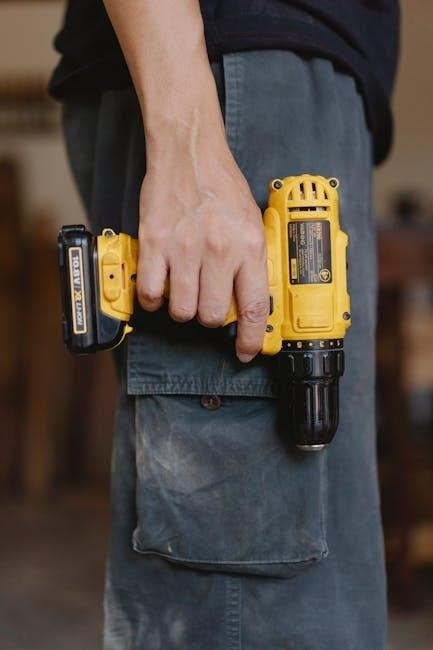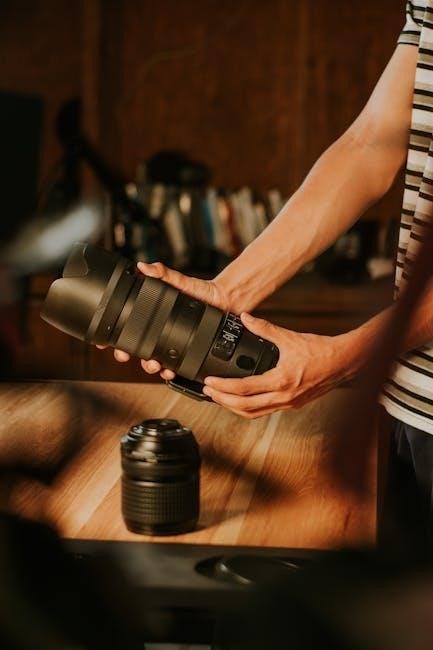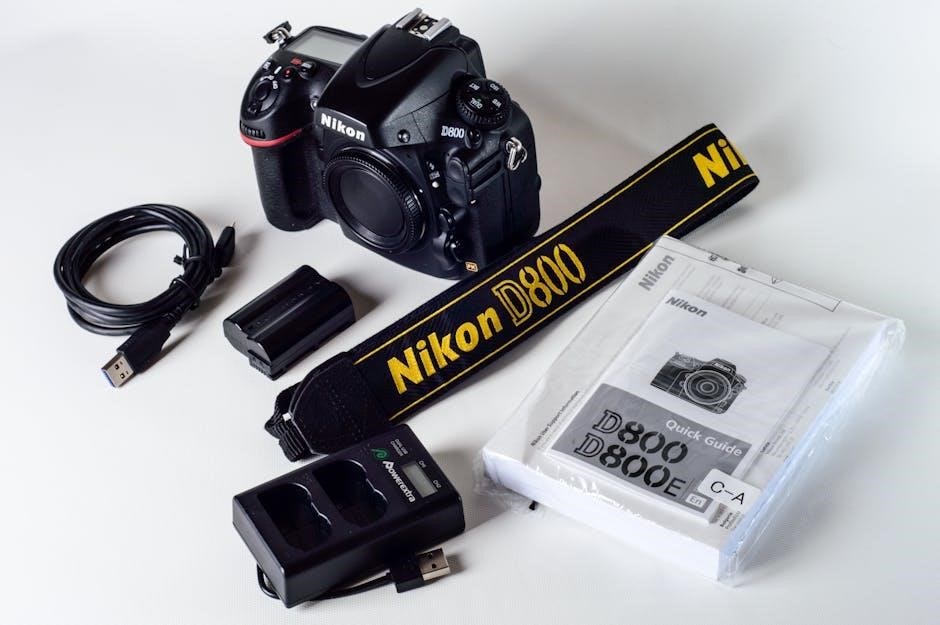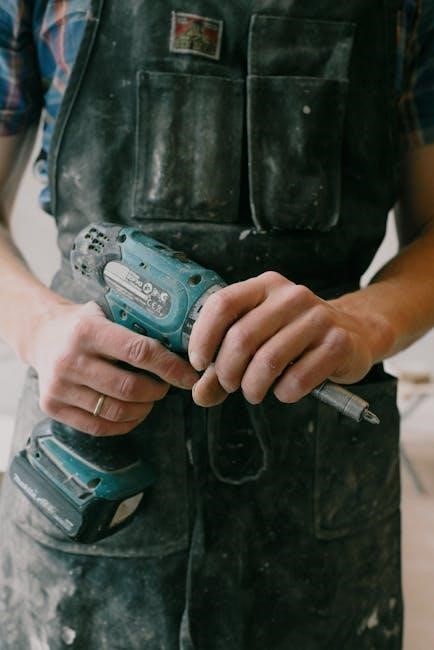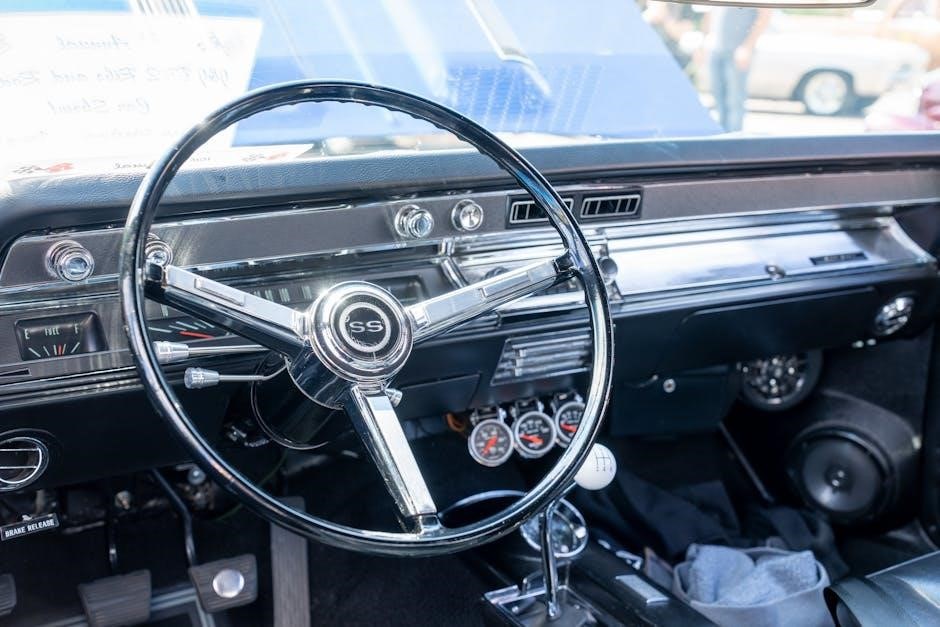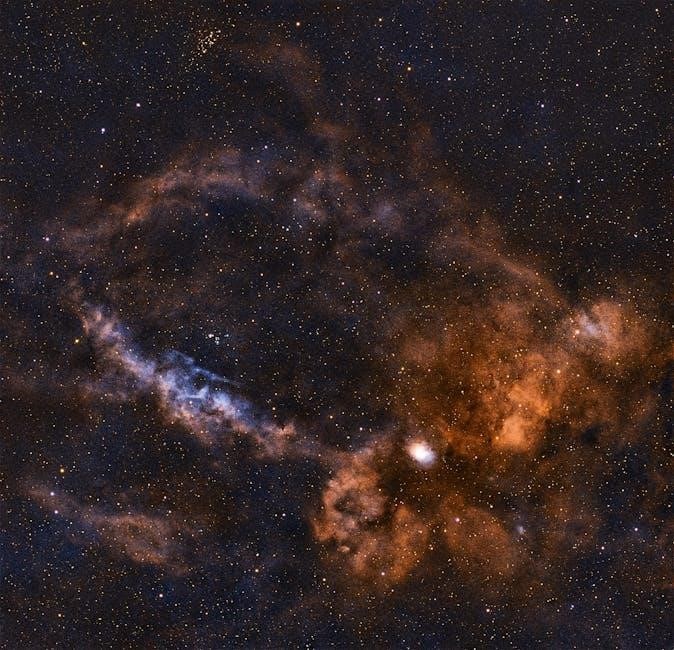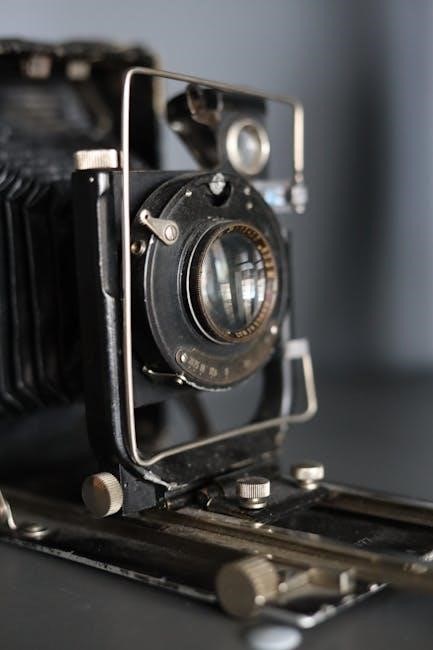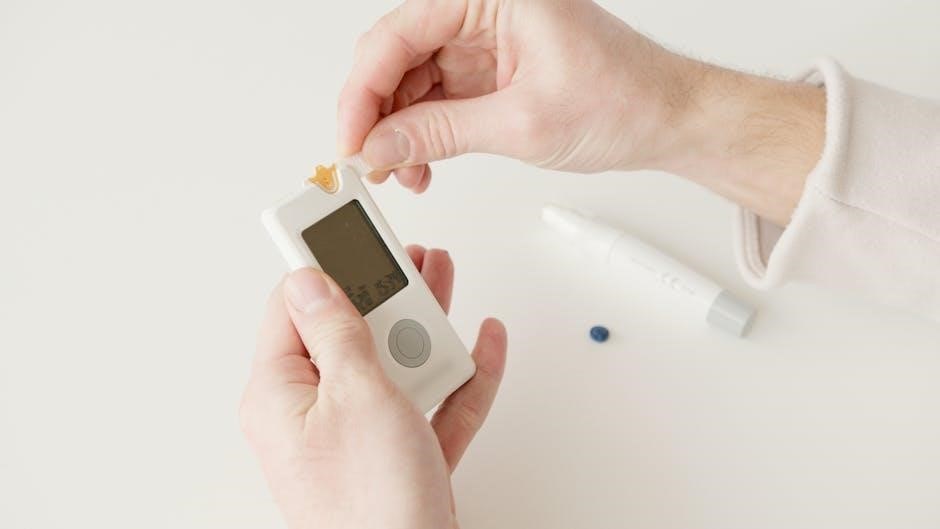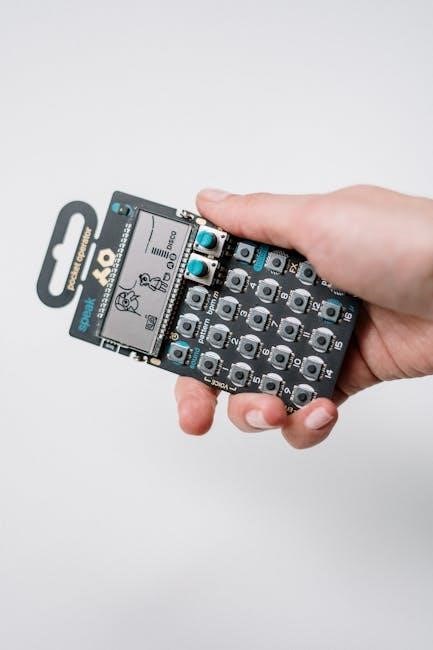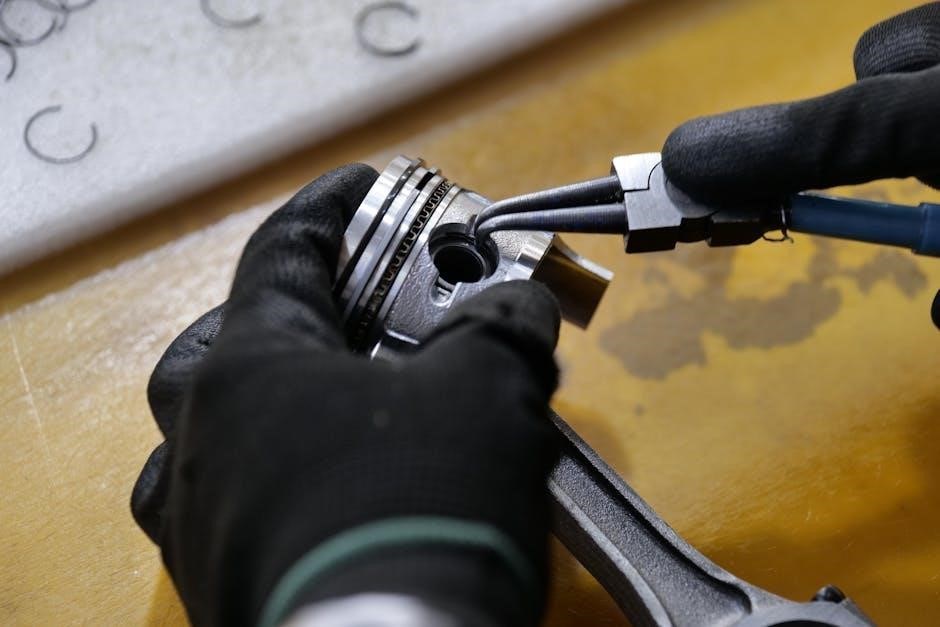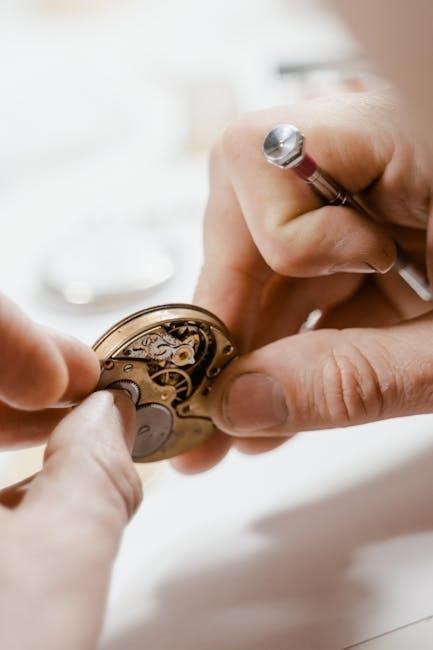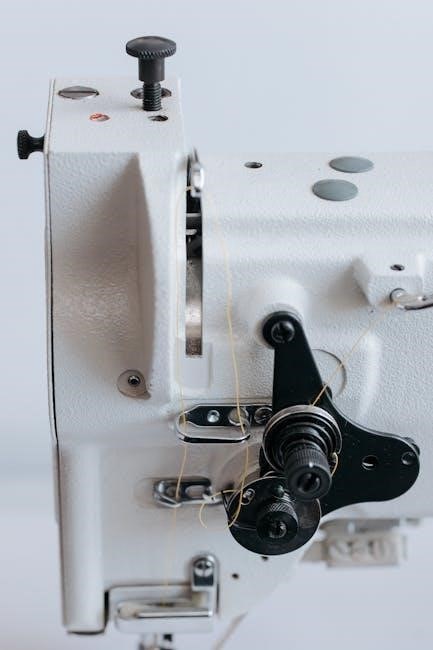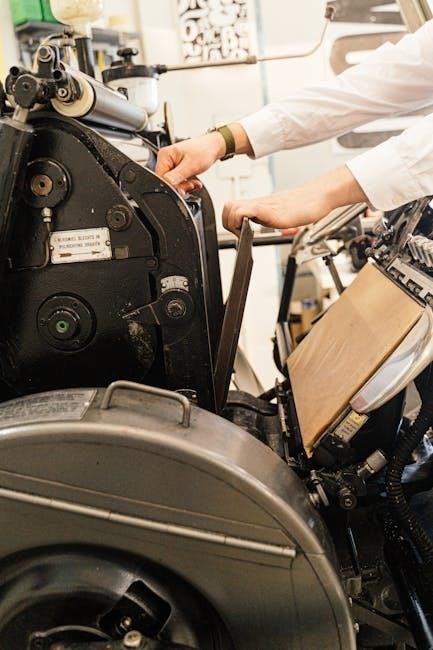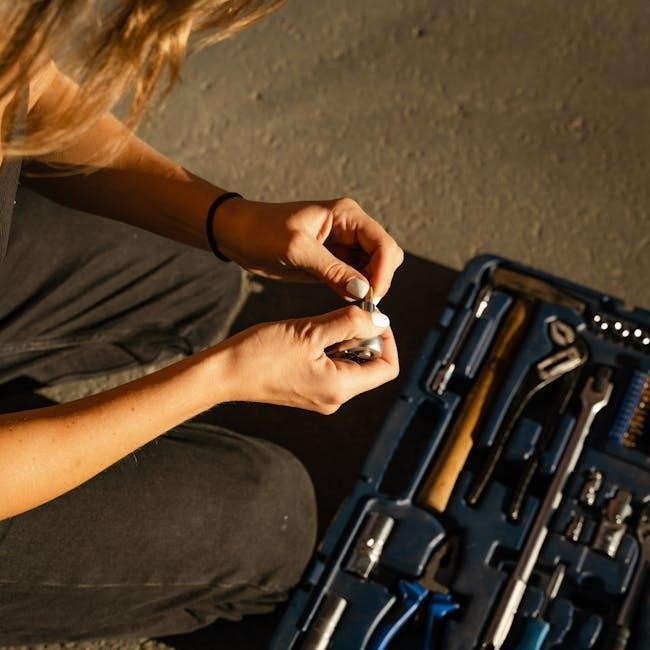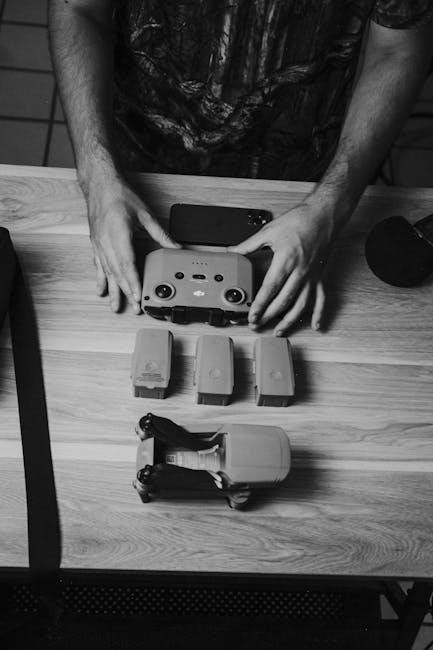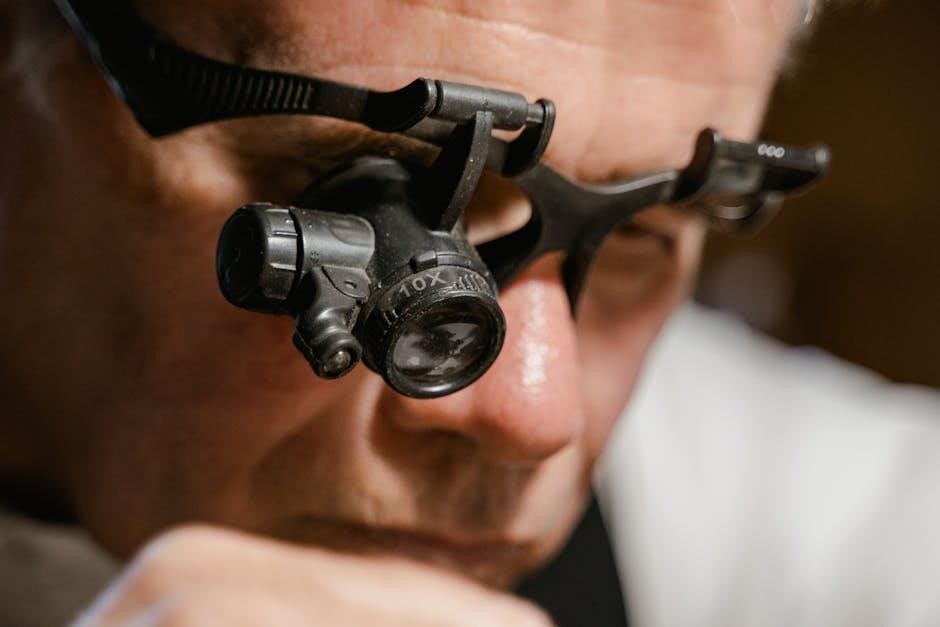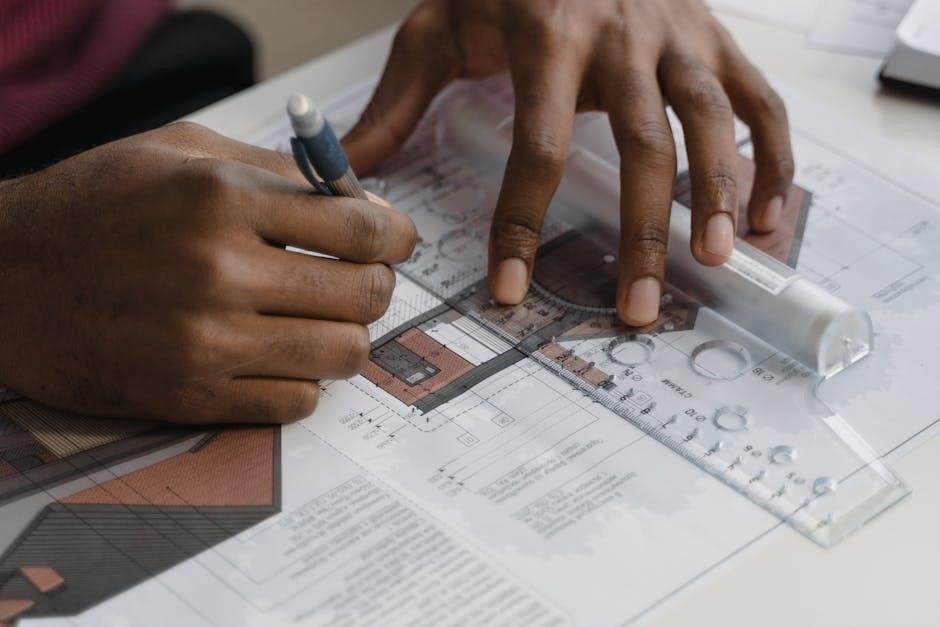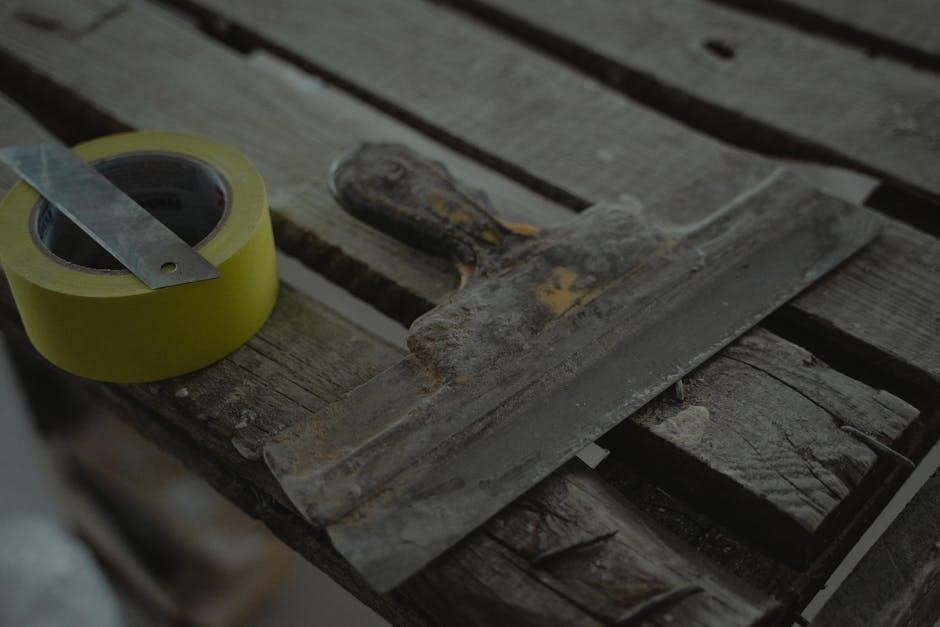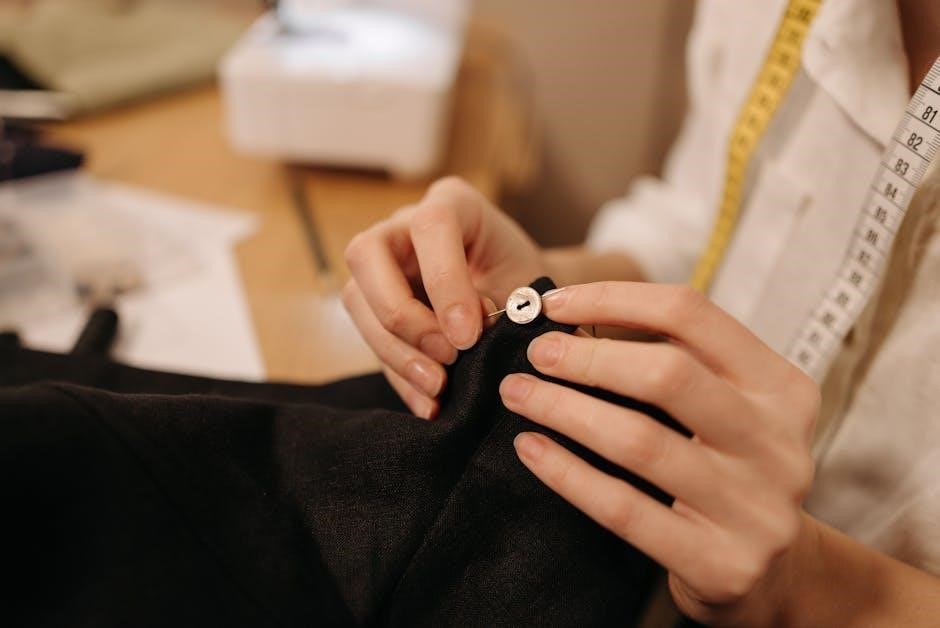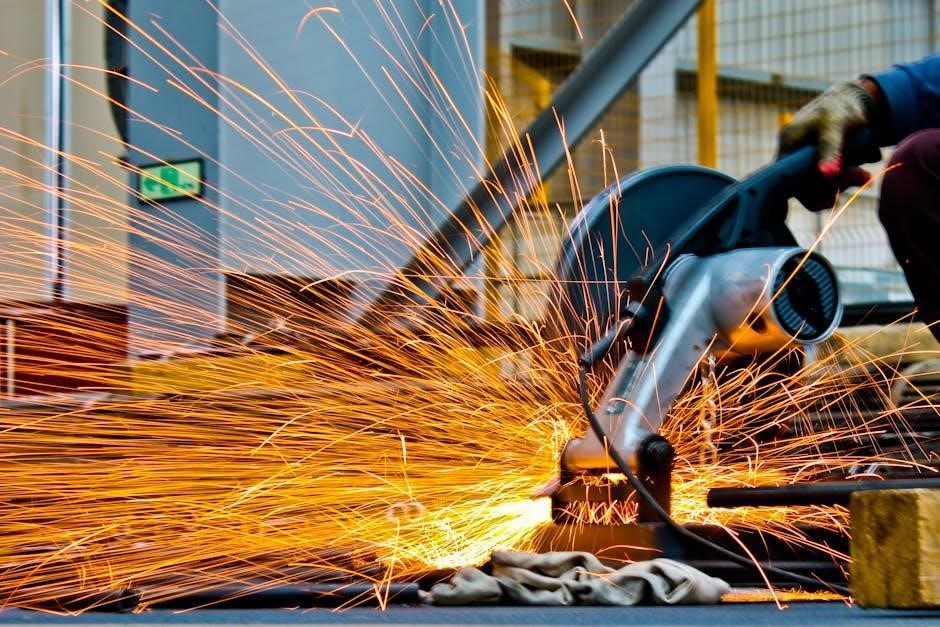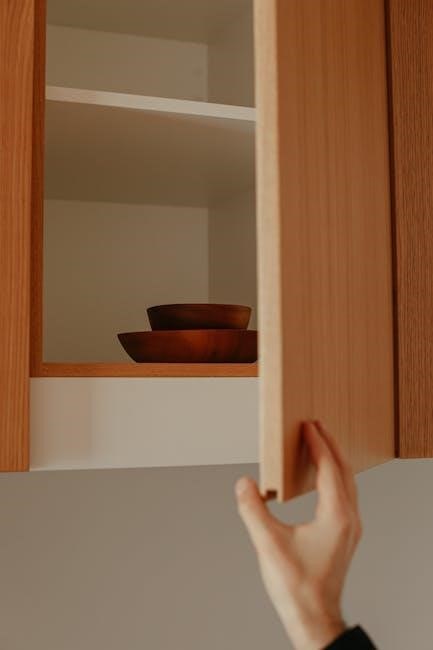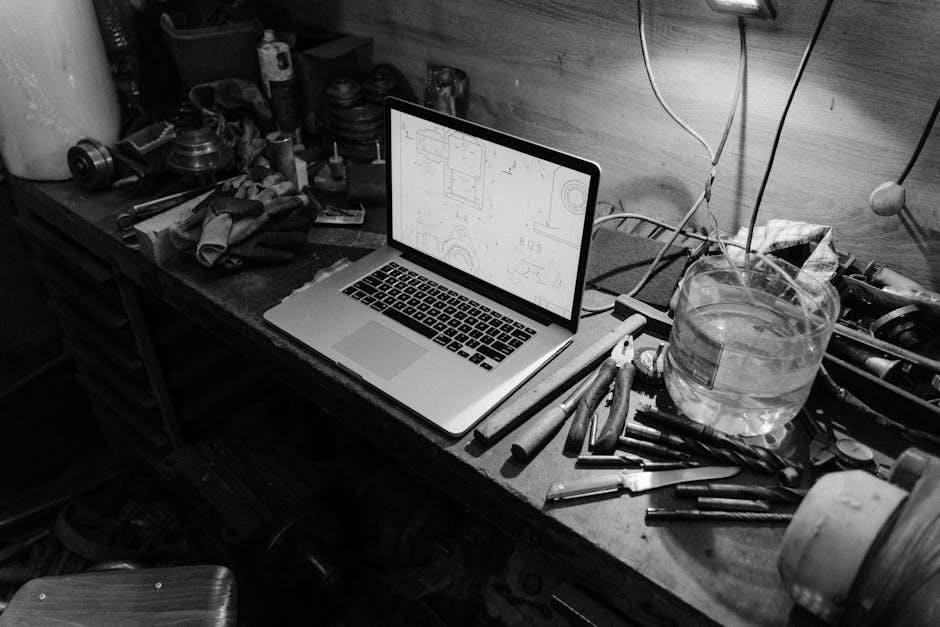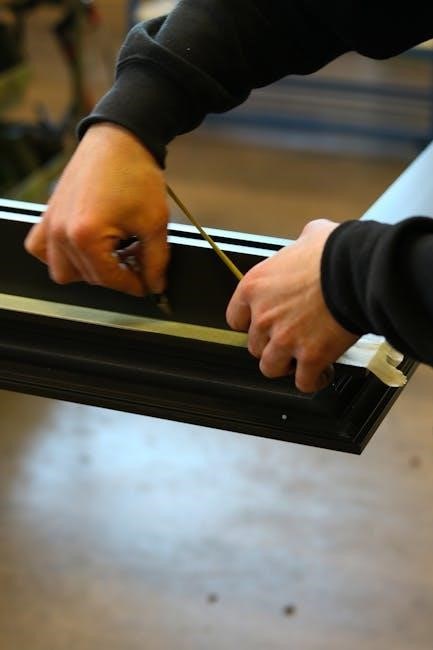Honeywell T775 Manual: A Comprehensive Guide
This guide details the Honeywell T775 Series 2000 controller, covering installation, operation, troubleshooting, and safety. It’s a resource for optimal system performance.
The Honeywell T775 family of electronic remote temperature controllers offers precise and reliable temperature management for diverse heating and cooling systems. Designed for versatility, the T775 is commonly utilized in boiler applications, radiant heating zones, and domestic hot water systems.
This controller provides a centralized point for temperature regulation, enhancing comfort and energy efficiency. Enhancements to the Series 2000 include a continuous pump option for boiler applications, an override feature for temporary adjustments, and on-demand domestic hot water control.
Understanding the T775’s capabilities and proper installation procedures, as outlined in this manual, are crucial for maximizing its benefits. It’s compatible with various sensors and can be adapted for manual reset configurations using the S445A1010 accessory.
Understanding the T775 Series 2000
The T775 Series 2000 builds upon the foundational T775 controller, offering refined features for improved performance and adaptability. This series is designed for remote temperature control, supporting both heating and cooling applications. Key improvements include enhanced sensor compatibility – specifically the 193987GA sensor – and expanded wiring options.
The controller’s SPDT relay specifications ensure reliable switching for connected equipment. It operates within a temperature control range of 30 to 50 degrees, providing precise regulation. The Series 2000 allows for multiple parallel sensors, though each sensor must be individually wired to a single T775 controller.
Users should note Honeywell’s liability disclaimer regarding the use of this documentation and adhere to all safety precautions during installation and operation.

Installation and Wiring
Proper installation and wiring are crucial for the T775’s functionality. This section details wiring diagrams, sensor connections, wire specifications, and distance limitations.
Wiring Diagrams for the T775
Understanding the wiring configurations is essential for a successful T775 installation. The controller supports various wiring setups, including parallel and series connections for temperature sensors. Diagrams illustrate connections for single and multiple sensors, ensuring accurate temperature readings.
Refer to the provided documentation for specific wiring schematics based on your system configuration. Pay close attention to terminal designations and wire colors. Incorrect wiring can lead to inaccurate readings or system malfunction. The T775 can accommodate two controllers, and multiple parallel sensors are supported. Always disconnect power before making any wiring changes. Ensure all connections are secure and comply with local electrical codes.
Carefully review the diagrams to avoid potential issues and ensure optimal performance of your heating or cooling system.
Connecting Temperature Sensors
Properly connecting temperature sensors is crucial for accurate temperature control with the Honeywell T775. Each sensor must be directly wired to a single T775 controller; avoid daisy-chaining. Use standard AWG 18/2 unshielded wire for connections, ensuring secure terminations at both the sensor and controller terminals.
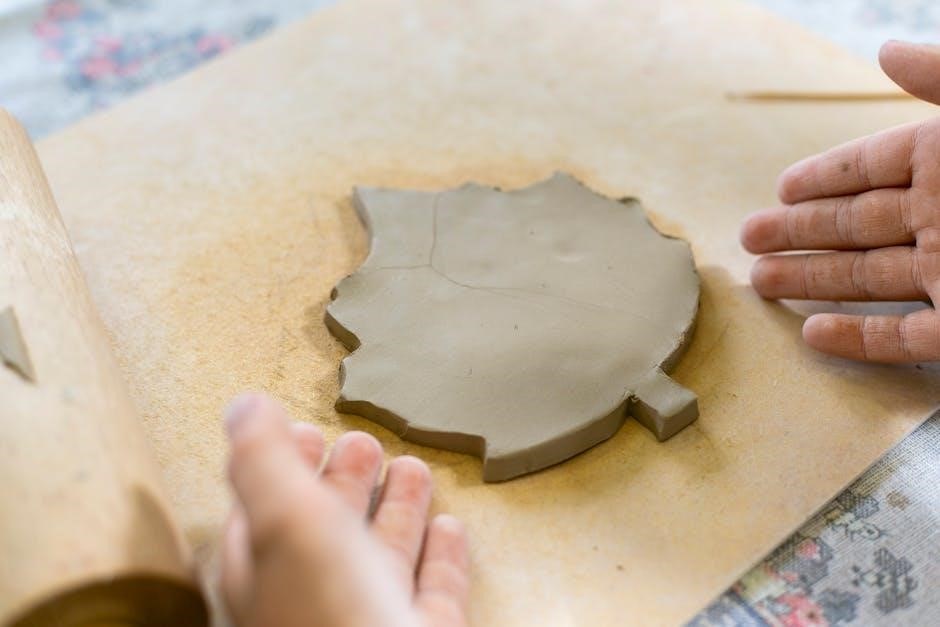
Verify correct polarity when connecting sensors. The 193987GA sensor model is compatible and can be positioned up to 1000 feet (304 meters) from the controller. Ensure wires are neatly routed and protected from physical damage. Double-check all connections before restoring power to prevent potential shorts or malfunctions.
Refer to the wiring diagrams for specific terminal assignments and connection details. Accurate sensor placement and wiring are key to optimal system performance.
Sensor Wire Specifications (AWG 18/2)
The Honeywell T775 system requires specific wire gauge for reliable sensor communication: AWG 18/2 unshielded wire is the recommended standard. This specification ensures adequate signal transmission and minimizes interference over the supported distance of up to 1000 feet (304 meters). Using a different gauge may compromise system accuracy and performance.
AWG 18/2 wire consists of two insulated conductors, suitable for connecting the sensor to the controller. Ensure the wire insulation is intact and free from damage. Avoid using shielded wire unless specifically required by the application, as it can introduce grounding issues.
Proper wire selection contributes to a stable and accurate temperature control system. Always adhere to these specifications for optimal results.
Distance Limitations for Sensors (Up to 1000 ft)
The Honeywell T775 controller supports temperature sensors positioned up to a maximum distance of 1000 feet (304 meters) from the controller unit. This limitation is crucial for maintaining accurate temperature readings and reliable communication. Exceeding this distance can lead to signal degradation and inaccurate control.
When planning sensor placement, carefully consider the total wire length. Use AWG 18/2 wire as specified to minimize signal loss. Longer wire runs are more susceptible to interference, so proper wiring practices are essential.
For installations exceeding this distance, signal amplification or alternative communication methods may be necessary. Adhering to these guidelines ensures optimal system performance.

Operational Features
The T775 offers continuous pump operation for boilers, an override function, and on-demand domestic hot water control for enhanced system flexibility.
Continuous Pump Option for Boiler Applications
The Honeywell T775 controller provides a valuable continuous pump option specifically designed for boiler applications. This feature ensures consistent circulation of hot water throughout the system, even when the burner is not actively firing. This prevents cold spots and maintains a more even temperature distribution, enhancing comfort and efficiency.
By keeping the pump running continuously, the system avoids the delays associated with pump start-up and shut-down cycles. This is particularly beneficial in larger systems or those with extended piping runs. The continuous pump option can also help to reduce the risk of condensation within the boiler and piping, contributing to long-term system reliability. Activation of this feature is configured through the controller settings, offering users control over their heating system’s operation.
Override Feature Functionality
The Honeywell T775 controller incorporates a convenient override feature, allowing temporary adjustments to the programmed heating schedule. This functionality provides users with immediate control over the system, bypassing the standard settings for a defined period. The override is useful for accommodating unexpected changes in occupancy or comfort preferences.
When activated, the override will maintain a selected temperature for a predetermined duration, after which the system will automatically revert to its original programmed schedule. The duration of the override is configurable, offering flexibility to suit various needs. This feature ensures that temporary adjustments do not disrupt the long-term energy efficiency of the system. It’s a simple yet effective way to personalize comfort without permanently altering the programmed settings.
Domestic Hot Water On-Demand Control
The Honeywell T775 controller offers sophisticated domestic hot water (DHW) on-demand control, enhancing energy efficiency and user convenience. This feature allows for the activation of the hot water system only when needed, eliminating standby heat loss and reducing energy consumption. The system responds quickly to demand, providing hot water promptly when a tap is opened.
The on-demand control is typically implemented through a relay that activates the DHW heating source. The T775 intelligently manages this relay based on user settings and system conditions. This functionality is particularly beneficial for homes with intermittent hot water usage, maximizing savings and minimizing waste. Proper configuration ensures optimal performance and responsiveness, delivering hot water precisely when and where it’s required.
Manual Reset Configuration (with S445A1010)
The Honeywell T775 controller, by default, features automatic reset functionality after certain error conditions. However, for specific applications requiring manual intervention, the S445A1010 accessory can be added to enable manual reset capabilities. This is crucial in scenarios where automatic restarts are undesirable or could lead to further complications.
Installing the S445A1010 modifies the controller’s behavior, necessitating a manual acknowledgement and reset by a user or technician following an alarm or fault. This provides greater control and allows for thorough investigation of the root cause before resuming operation. The accessory ensures that the system remains offline until deliberately restarted, enhancing safety and preventing recurring issues.

Technical Specifications
The T775 boasts a temperature control range of 30 to 50, utilizing SPDT relays. It’s compatible with the 193987GA sensor, ensuring precise control.
Temperature Control Range (30 to 50)
The Honeywell T775 controller is engineered to maintain precise temperature regulation within a defined operational spectrum. This range, spanning from 30 to 50 degrees, caters to a diverse array of heating and cooling applications.
Understanding this range is crucial for optimal system performance. Settings outside this range may lead to inefficient operation or potential damage to connected equipment. The controller’s ability to accurately manage temperatures within these boundaries ensures consistent comfort and energy savings.
Furthermore, the T775’s responsiveness within this range allows for fine-tuning to meet specific environmental requirements. Proper calibration and sensor placement are key to maximizing the benefits of this temperature control capability, delivering reliable and consistent results.
SPDT Relay Specifications
The Honeywell T775 controller utilizes a Single Pole Double Throw (SPDT) relay to facilitate switching between heating and cooling systems or to control auxiliary functions. This relay is a critical component in the controller’s operational framework, enabling precise control of connected devices.
The specifications for this relay are important for ensuring compatibility with external equipment. The T775 features an SPDT relay capable of handling standard voltage and current loads commonly found in HVAC systems. Understanding these specifications is vital for safe and effective integration.
Properly utilizing the SPDT relay allows for versatile control options, optimizing system performance and responsiveness. Careful consideration of load requirements is essential to prevent damage and ensure long-term reliability.

Sensor Compatibility (193987GA)
The Honeywell T775 controller is designed for optimal performance when paired with the 193987GA temperature sensor. This sensor ensures accurate temperature readings, crucial for maintaining desired comfort levels and efficient system operation. Utilizing compatible sensors is paramount for reliable control.
While other sensors may function, the 193987GA is specifically tested and recommended by Honeywell for consistent and precise results. Compatibility guarantees accurate data transmission and minimizes potential errors within the control system.
The 193987GA sensor can be deployed up to 1000 feet from the T775 controller using standard AWG 18/2 unshielded wire, offering flexibility in installation. Always verify proper wiring and sensor placement for optimal performance.

Troubleshooting
This section provides solutions for common issues, including wiring problems, sensor communication errors, and understanding error codes for the T775 controller.
Addressing Wiring Issues
Carefully inspect all wiring connections to ensure they are secure and match the appropriate wiring diagrams for the Honeywell T775. Verify proper voltage is reaching the controller, and check for any loose or corroded wires that could interrupt the signal.
Confirm compatibility with existing thermostats, like the Carrier FY4A, during parallel wiring hook-ups. Double-check sensor wire specifications (AWG 18/2) and adhere to distance limitations (up to 1000 ft) to prevent communication errors.
Remember each temperature sensor must be wired to a single T775 controller. If issues persist, consult the full manual or Honeywell support resources for detailed guidance and diagrams. Always prioritize safety when working with electrical wiring.
Resolving Sensor Communication Problems
Sensor communication issues with the Honeywell T775 often stem from wiring problems or exceeding distance limitations. Verify the sensor wire (AWG 18/2) is securely connected to both the sensor and the controller, ensuring no breaks or shorts exist.
Confirm the sensor (193987GA) is within the 1000 ft (304m) range. Check for interference from other electrical devices. Ensure the controller is receiving adequate power.
If problems continue, try a different sensor to isolate the issue. Review the manual for specific error codes related to sensor communication. Remember each sensor connects to only one T775. Honeywell assumes no liability for issues arising from improper installation or wiring.
Understanding Error Codes
The Honeywell T775 utilizes error codes to diagnose system malfunctions. Consult the full manual for a comprehensive list, as codes indicate specific issues. Common errors relate to sensor communication, wiring faults, or controller malfunctions.
Error codes help pinpoint the source of the problem, streamlining troubleshooting. For example, a sensor error might indicate a broken wire or a faulty sensor (193987GA). Wiring issues can trigger codes related to short circuits or open loops.
Record the error code before attempting repairs. Honeywell’s documentation provides detailed explanations and recommended solutions for each code. Remember, proper diagnosis is crucial for effective repair and system reliability.

Safety and Legal Information
Always prioritize safety during installation and maintenance. Honeywell disclaims liability from improper use, emphasizing adherence to precautions and local regulations.
Honeywell Liability Disclaimer
Honeywell assumes no responsibility for any damages or issues arising from the use of this T775 controller or its accompanying documentation. By utilizing this manual and installing or operating the device, you acknowledge and agree that Honeywell will not be held liable for indirect, incidental, or consequential damages.
This includes, but is not limited to, property damage, system failures, or personal injury resulting from improper installation, incorrect wiring, unauthorized modifications, or failure to follow the safety precautions outlined within this guide.
Users are solely responsible for ensuring compliance with all applicable local codes and regulations. Honeywell’s liability is limited to the replacement of a defective product, and does not cover labor costs or any other expenses incurred during repair or replacement.
Important Safety Precautions
Before installing or servicing the Honeywell T775 controller, always disconnect power to the heating and cooling system at the breaker panel. Failure to do so could result in electrical shock or equipment damage. Qualified personnel should perform all wiring and installation procedures, adhering to local electrical codes.
Do not expose the controller to excessive moisture or extreme temperatures. Ensure proper ventilation around the device. Never attempt to disassemble or repair the T775 internally; this will void the warranty and could create a safety hazard.
Always use the specified sensor wire (AWG 18/2) and observe distance limitations (up to 1000 ft) to maintain accurate temperature readings and prevent signal interference. Regularly inspect wiring for damage and replace as needed.

Compatibility and Upgrades
The T775 works with Carrier FY4A thermostats and offers upgrade paths to smart systems like Nest or Ecobee, considering older wiring limitations.
Compatibility with Existing Thermostats (Carrier FY4A)
The Honeywell T775 demonstrates compatibility with the Carrier FY4A thermostat, a common setup in many homes. Users seeking to integrate the T775 often inquire about parallel wiring hook-ups when transitioning from the Carrier system. This involves carefully connecting the wires to ensure proper functionality and avoid system conflicts.
Successful integration requires understanding the wiring scheme of both devices. The T775 can effectively replace or work alongside the FY4A, offering enhanced control features. However, it’s crucial to verify the wiring configuration before making any connections. Incorrect wiring can lead to operational issues or damage to either the T775 or the existing Carrier thermostat. Consulting a qualified HVAC technician is recommended for complex installations.
Smart Thermostat Alternatives (Nest, Ecobee)
When considering alternatives to the Honeywell T775, smart thermostats like Nest and Ecobee are popular choices. These offer advanced features such as remote control via smartphone, learning capabilities, and integration with other smart home devices. However, upgrading to these systems from an older setup, like those utilizing the T775, can present challenges.
Older home wiring may not be compatible with the requirements of Nest or Ecobee, potentially necessitating professional installation and wiring modifications. Compatibility concerns are frequently raised by users upgrading older systems. While offering convenience and energy savings, these smart thermostats require careful assessment of existing infrastructure. The decision depends on your home’s wiring and desired level of automation.
Considerations for Older Home Wiring
Homes with older wiring systems may encounter difficulties when integrating the Honeywell T775 or upgrading to newer thermostats. Existing wiring might lack the necessary conductors for optimal functionality, particularly with advanced features. Common issues include the absence of a common (C) wire, crucial for powering many modern thermostats.
Adapters can sometimes provide a C-wire solution, but their reliability can vary. Furthermore, older wiring may be brittle or deteriorated, posing safety risks during installation. Careful inspection and potentially professional rewiring are recommended. Compatibility with the T775’s wiring requirements should be verified before installation to avoid unexpected issues and ensure safe operation.

Accessories and Support
Enhance your T775 system with available accessories and access comprehensive Honeywell support resources for assistance, manuals, and troubleshooting guidance.
Available Accessories for the T775
Several accessories can expand the functionality of your Honeywell T775 controller. Notably, the S445A1010 accessory allows for conversion to a manual reset configuration, providing increased control in specific applications.
Furthermore, compatible temperature sensors, such as the 193987GA, are readily available and crucial for accurate temperature monitoring. These sensors can operate effectively up to 1000 feet (304 meters) when utilizing standard AWG 18/2 unshielded wire, ensuring flexibility in system design and installation.
Honeywell also provides a range of wiring and mounting hardware to facilitate a secure and reliable installation. Consult the official Honeywell documentation or a qualified technician to determine the optimal accessories for your specific needs and system configuration.
Accessing Honeywell Support Resources
Honeywell offers comprehensive support resources for the T775 controller to assist with installation, operation, and troubleshooting. A primary resource is the official Honeywell website, providing access to detailed manuals, application guides, and frequently asked questions.
Direct technical support is also available through Honeywell’s customer service channels, including phone and online chat. These channels can help resolve complex issues and provide expert guidance.
Furthermore, numerous online forums and communities dedicated to HVAC systems often contain valuable information and user experiences related to the T775. Remember to review Honeywell’s liability disclaimer before utilizing any third-party advice. Contact information and links to these resources can be found in the product documentation.
